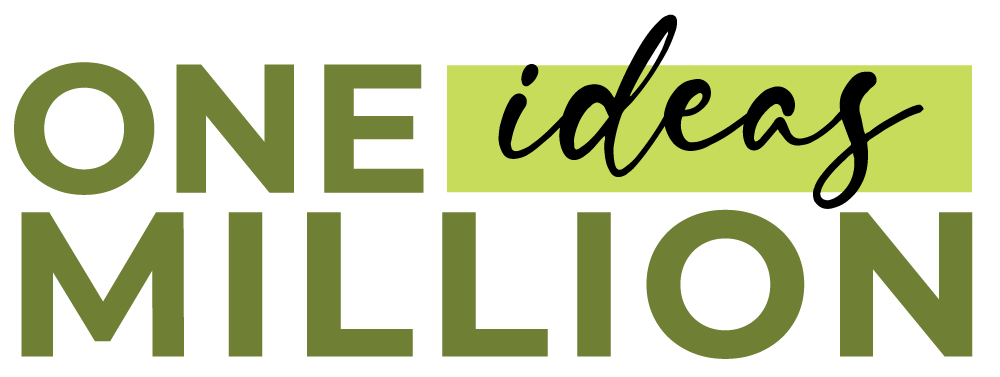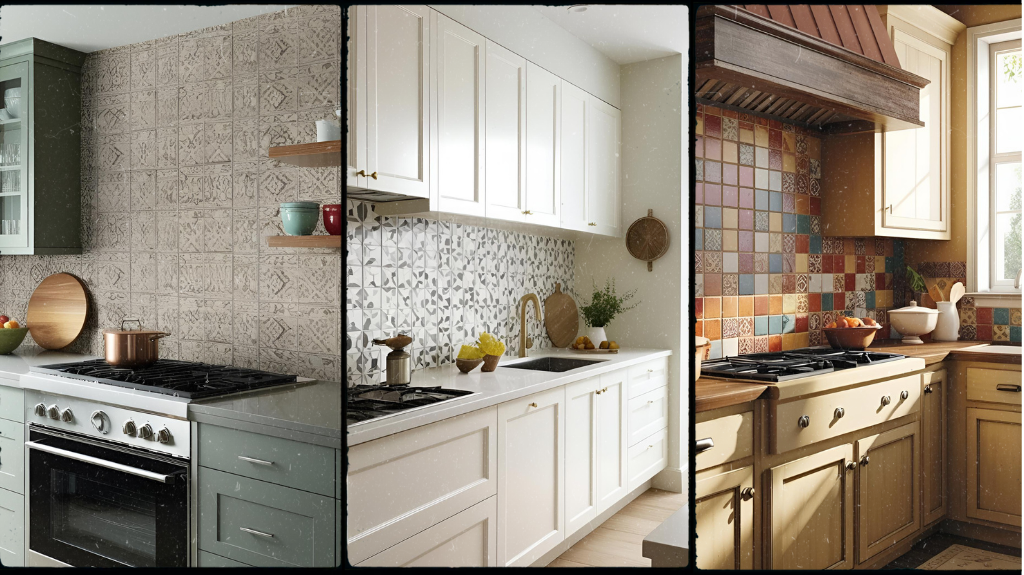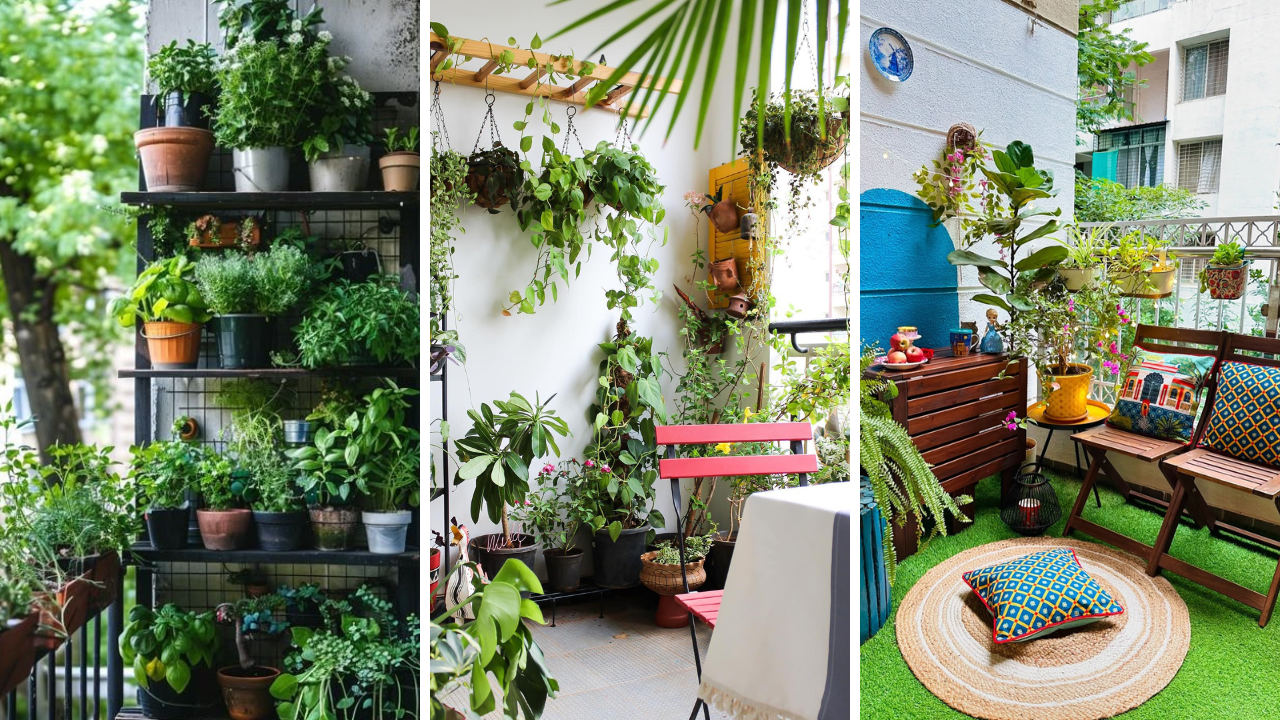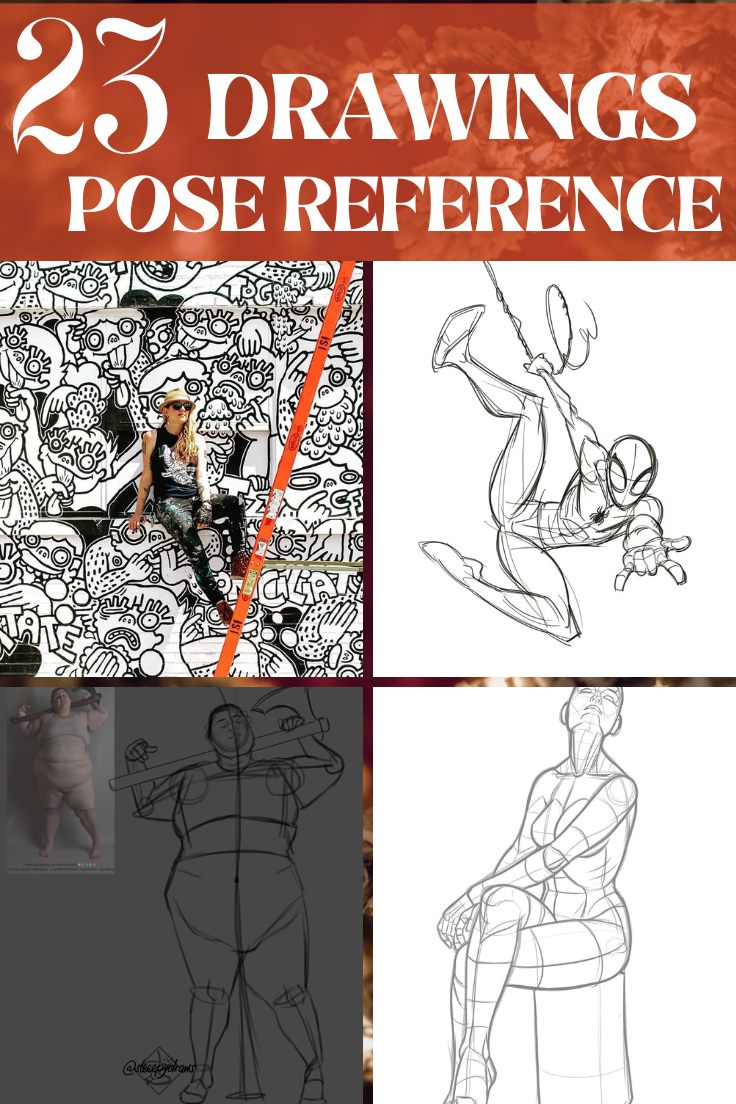
Drawing poses is an essential skill for any artist, whether you’re a beginner learning the basics of figure drawing or an experienced illustrator looking to refine your craft. The right pose can bring life, emotion, and movement to a character, making your artwork more engaging and dynamic. However, coming up with fresh pose ideas can sometimes be challenging. That’s where pose references come in handy. Using references helps artists understand body proportions, movement, and expression, allowing them to create more realistic and compelling figures. In this post, we’ll explore 23 unique drawing pose inspirations to try today. Whether you’re working on character designs, gesture drawings, or anatomy studies, these poses will help elevate your art. Additionally, we’ll recommend helpful tools and resources, including sketchbooks, mannequins, and digital drawing aids available on Amazon to assist you in your artistic journey. Let’s dive into these inspiring pose ideas!
1. The Confident Power Pose
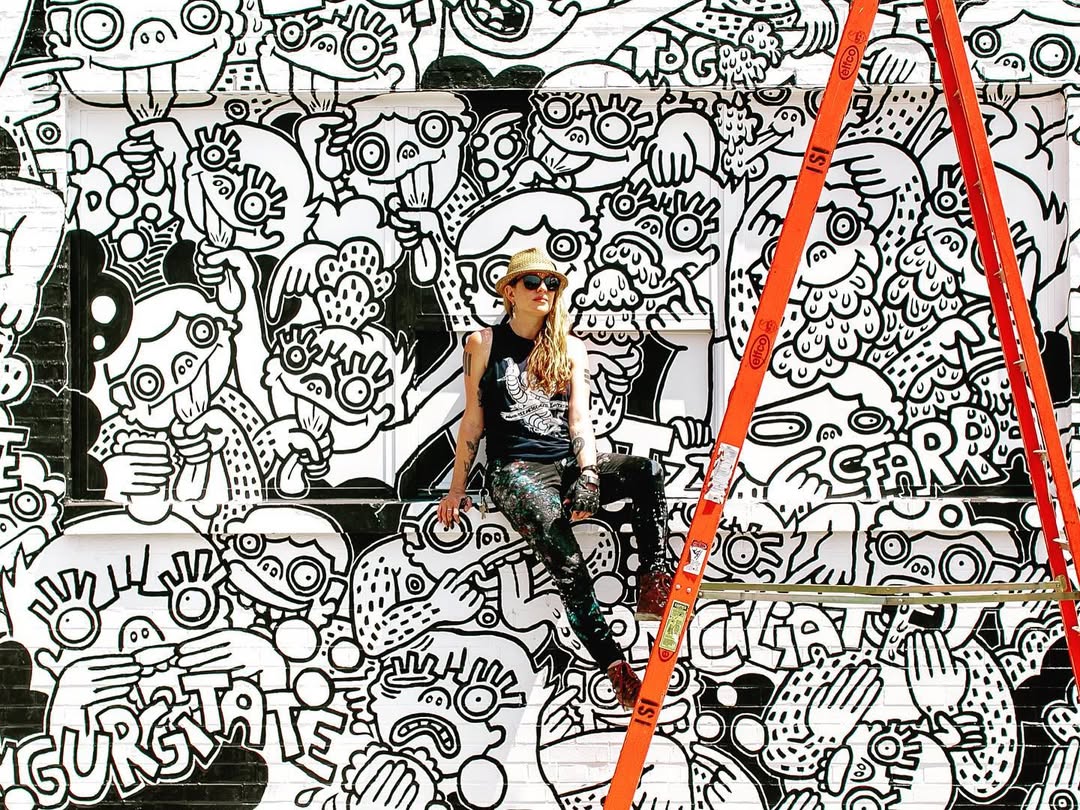
source @lauren_asta
One of the most striking and commonly used poses in figure drawing is the power pose. This pose exudes confidence, authority, and strength, making it perfect for illustrating superheroes, leaders, or strong-willed characters. Typically, the subject stands with legs apart, chest lifted, and hands on hips or crossed over the chest. The power pose is excellent for practicing body proportions and learning how posture influences a character’s personality. If you’re looking for tools to refine your drawing, consider investing in a wooden artist mannequin or digital pose reference apps to help visualize the structure before sketching.
2. The Dynamic Running Pose
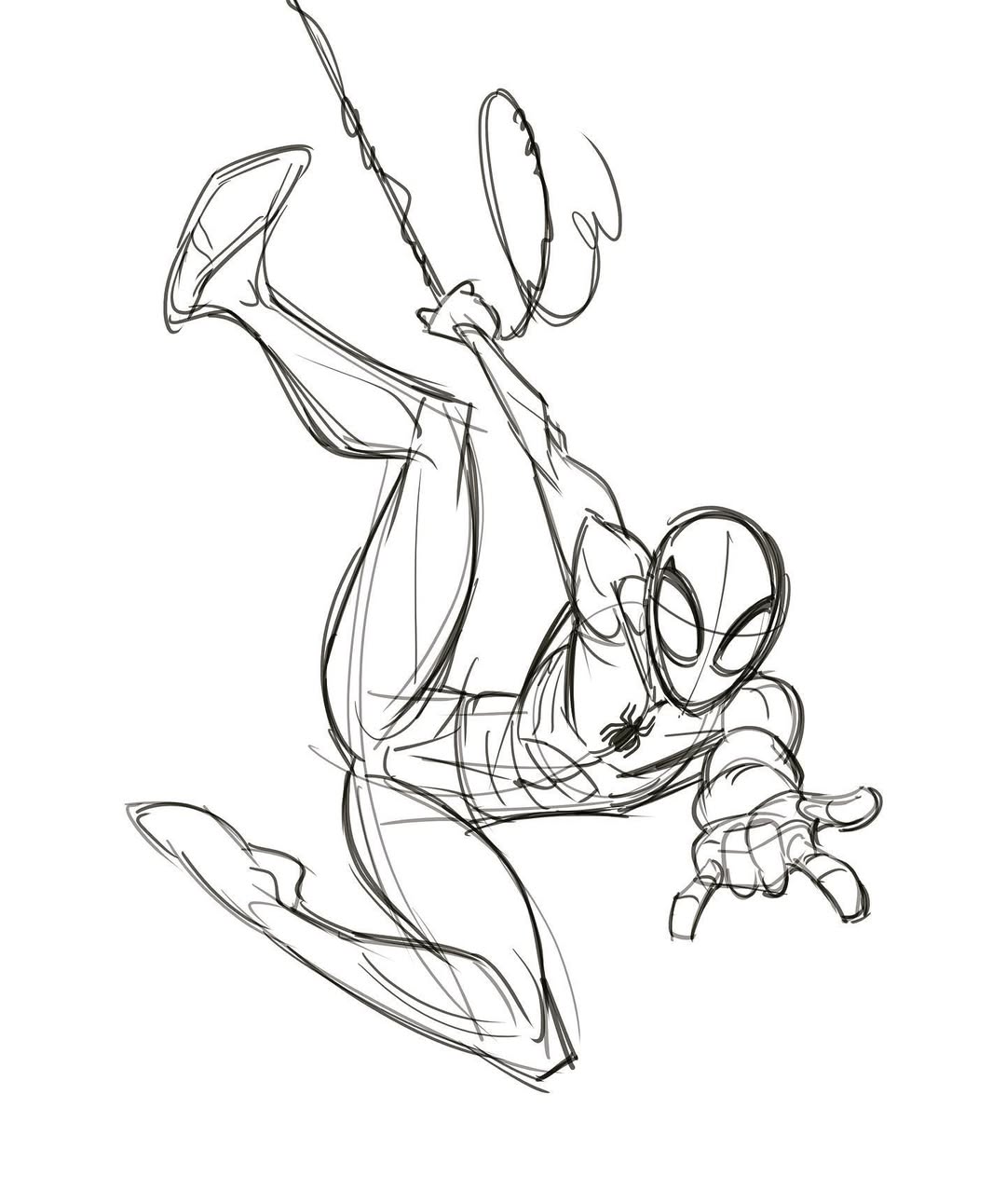
source @k_petchock_art
Capturing movement in drawings can be tricky, but a dynamic running pose is a great way to practice. A well-executed running pose conveys energy, urgency, and direction. Whether you’re sketching an athlete sprinting on the track or a character chasing after something, the key is to focus on the natural angles of the arms and legs. To improve your understanding of motion, use gesture drawing techniques and quick sketch exercises. Many artists find that using 3D pose reference models or anatomy books from Amazon can help them break down the mechanics of motion more effectively.
3. The Elegant Sitting Pose
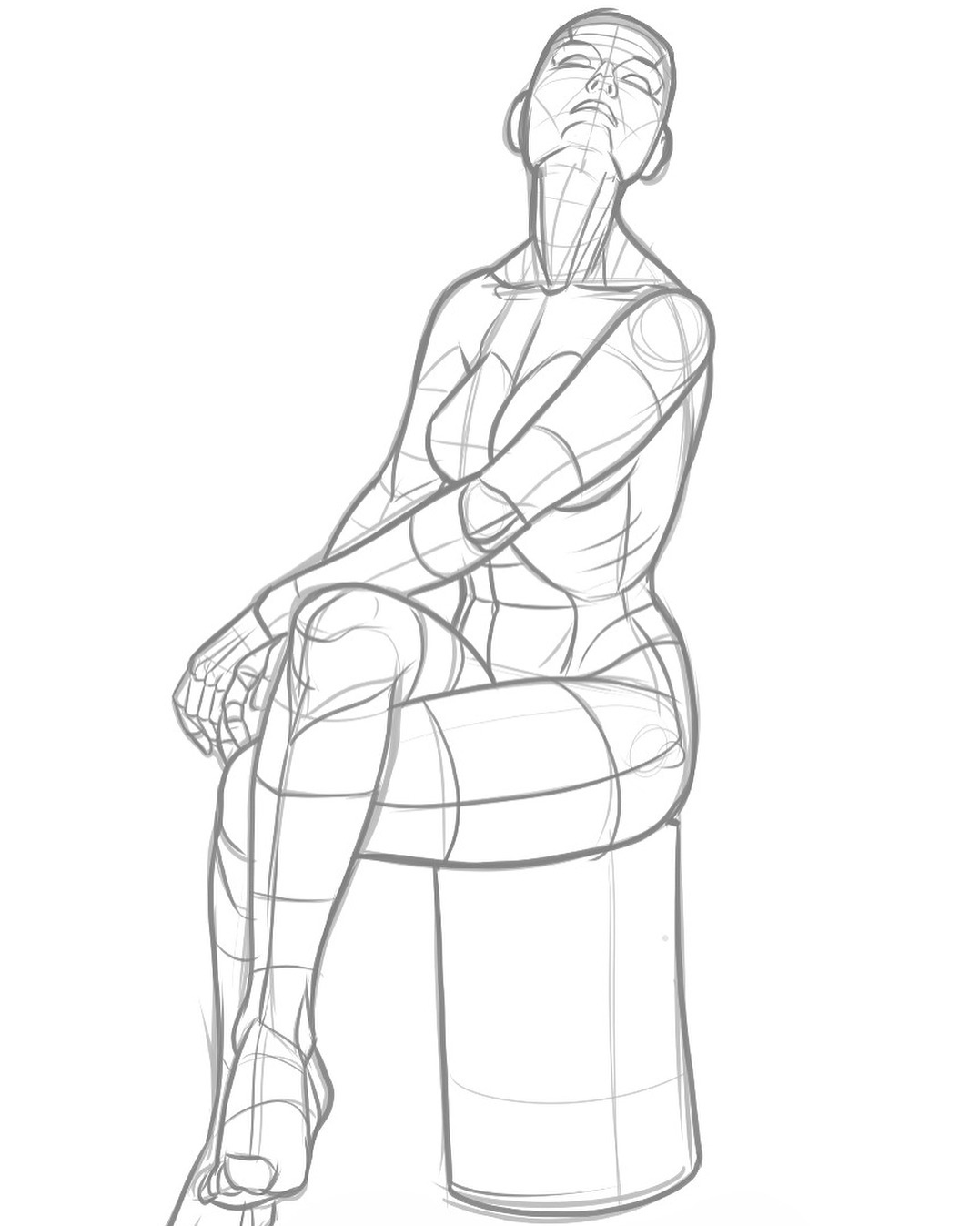
source @posereference
Sitting poses allow artists to explore different levels of relaxation and engagement in a character’s expression. Whether your subject is seated casually with one leg crossed over the other or sitting upright with hands resting on their lap, this pose is great for understanding weight distribution and balance. Pay attention to details like how fabric drapes around the body or how hands naturally rest in different positions. Consider using a pose reference book to study variations of seated positions for both casual and formal postures.
4. The Mysterious Over-the-Shoulder Look
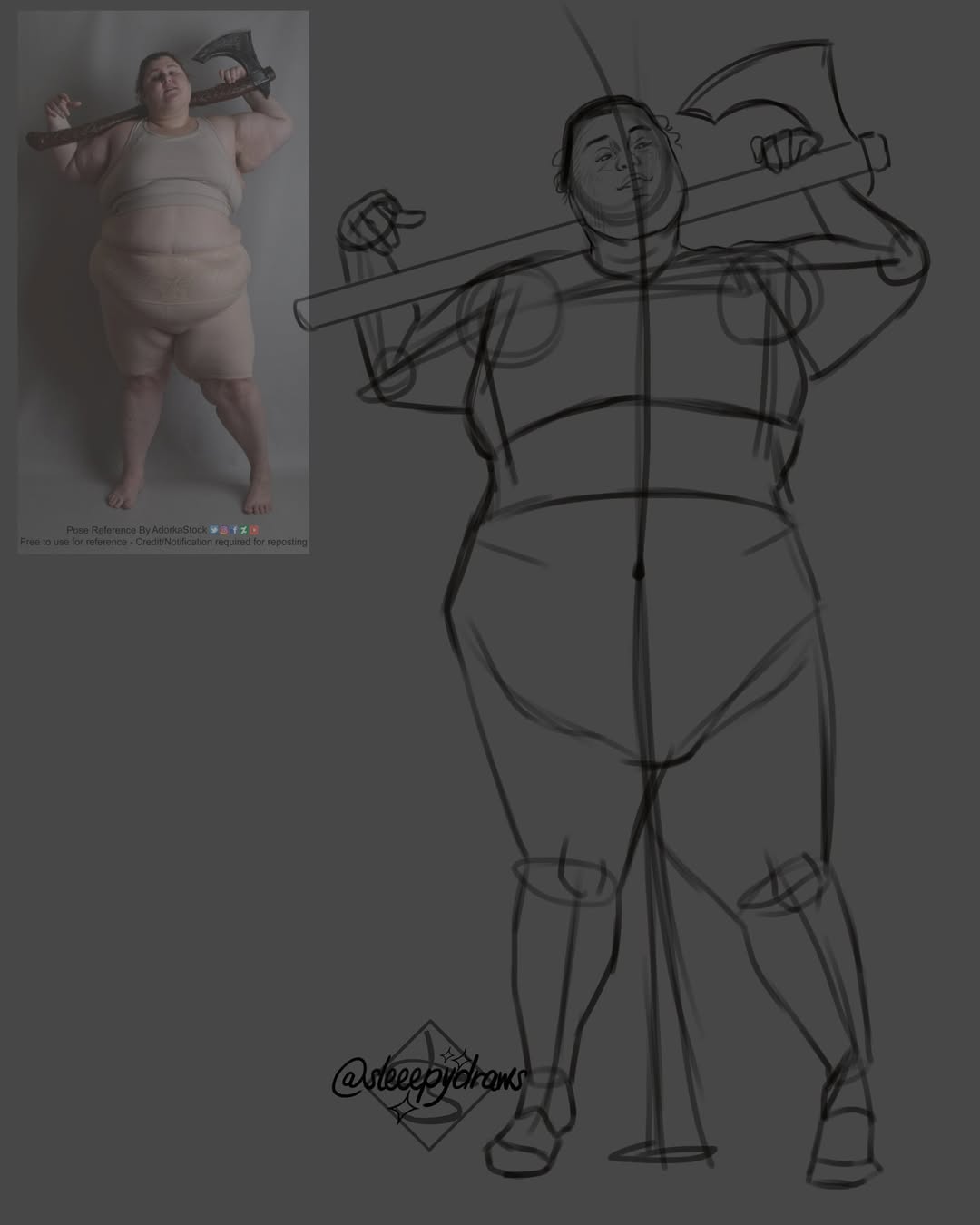
source @sleeepydraws
The over-the-shoulder pose is commonly used in fashion sketches, storytelling illustrations, and cinematic scenes. This pose suggests intrigue, mystery, or even playfulness, depending on the character’s expression. When sketching this pose, focus on the way the spine curves and how the head turns naturally. Understanding neck and shoulder anatomy will help you achieve a smooth and natural-looking pose. A sketchbook with anatomy studies can be a great asset for refining your technique.
5. The Playful Jumping Pose
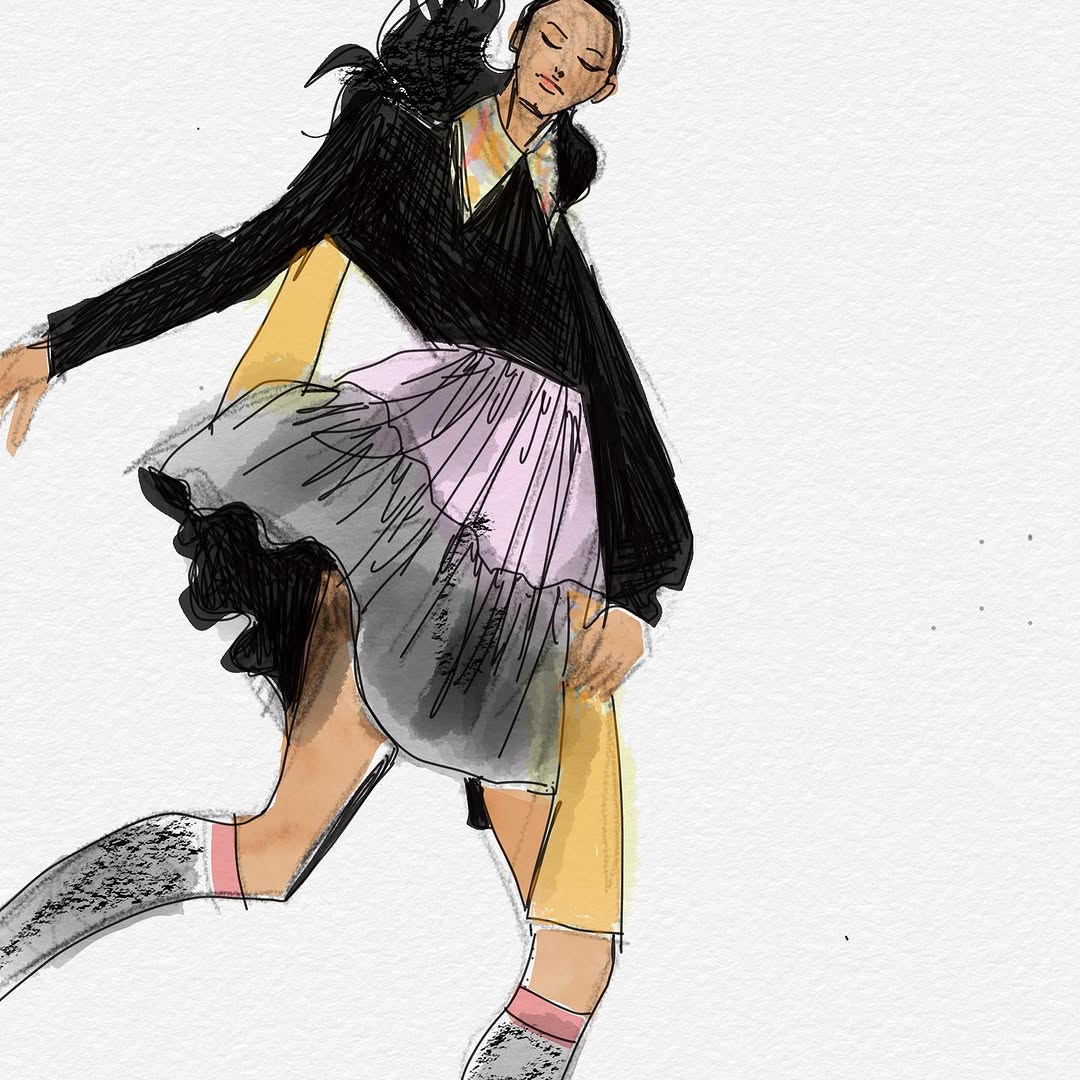
source @lauravolpintesta
Jumping poses bring a sense of excitement, youthfulness, and movement into a drawing. Whether your character is mid-air with arms spread wide or in a graceful leap like a dancer, this pose is ideal for practicing foreshortening and perspective. One of the best ways to study jumping poses is by referencing photo packs or 3D pose tools that allow you to manipulate figures in different angles. If you’re working digitally, apps like Procreate and Clip Studio Paint offer poseable 3D models to help you get the positioning just right.
6. The Relaxed Leaning Pose
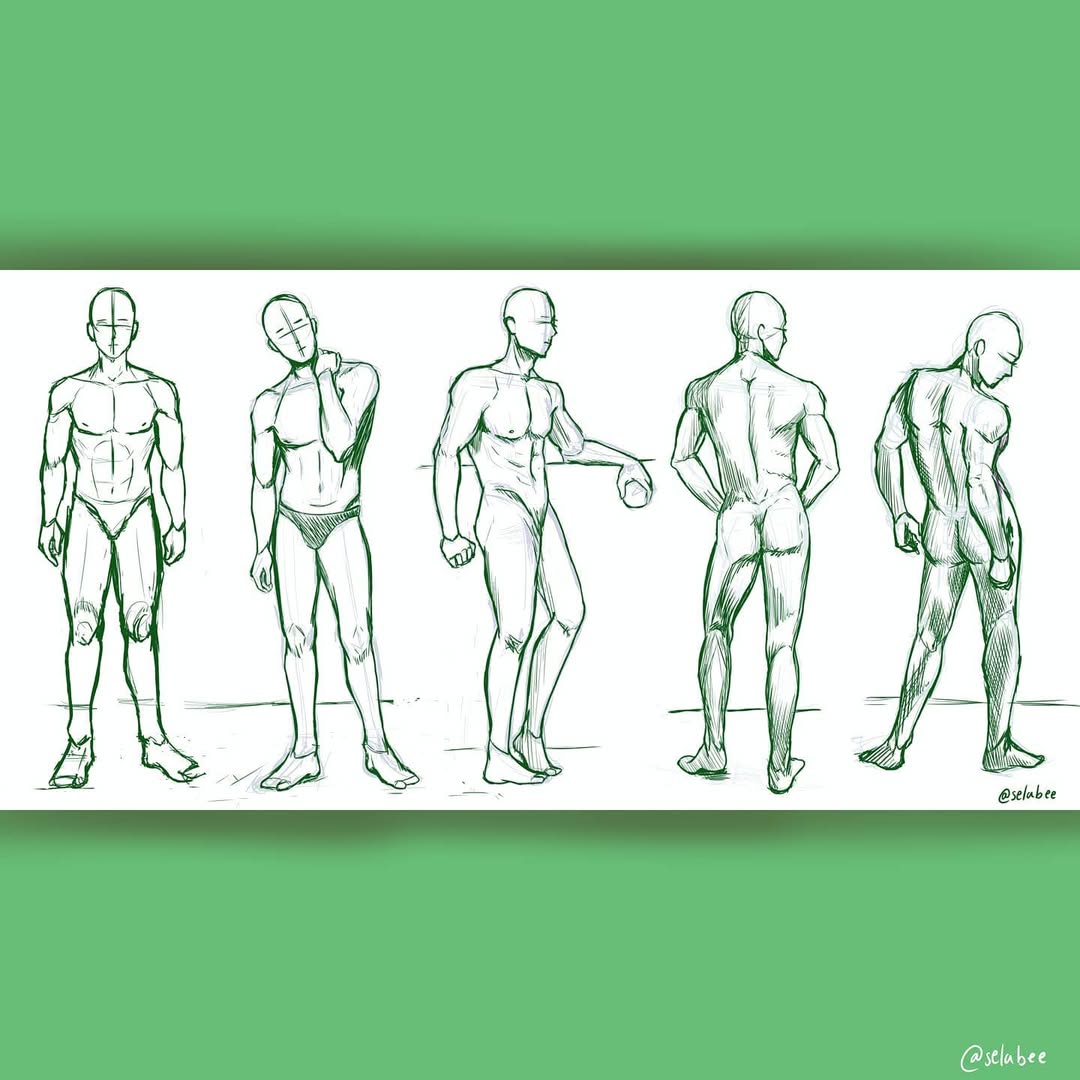
source @selabee
A relaxed leaning pose adds a natural, effortless feel to character drawings. This could be a character leaning against a wall with arms crossed, casually resting against a surface, or even leaning forward in an engaged conversation. Practicing this pose will help you understand how gravity affects the body in different resting positions. If you want a more structured approach, a pose reference guide for artists can provide useful breakdowns of weight distribution in leaning postures.
7. The Warrior Stance
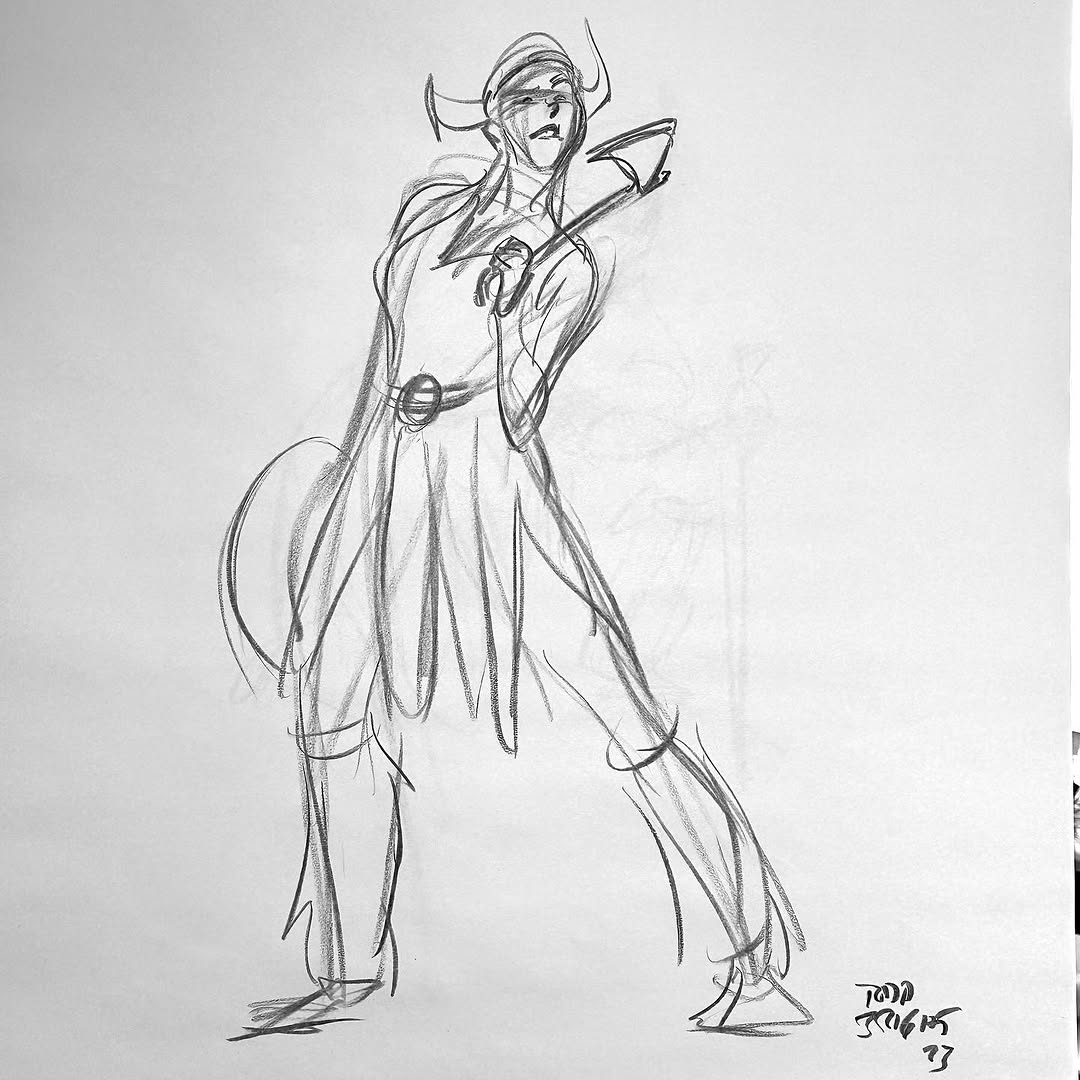
source @brightanimation
The warrior stance is a strong, commanding pose commonly used in fantasy and action illustrations. It typically involves a wide stance, a firm grip on a weapon, or an intense facial expression that conveys determination. This pose is excellent for learning how to balance strength and tension in a figure drawing. To get better at capturing action poses, anatomy figure models or drawing reference books from Amazon can be extremely helpful.
8. The Dramatic Action Pose
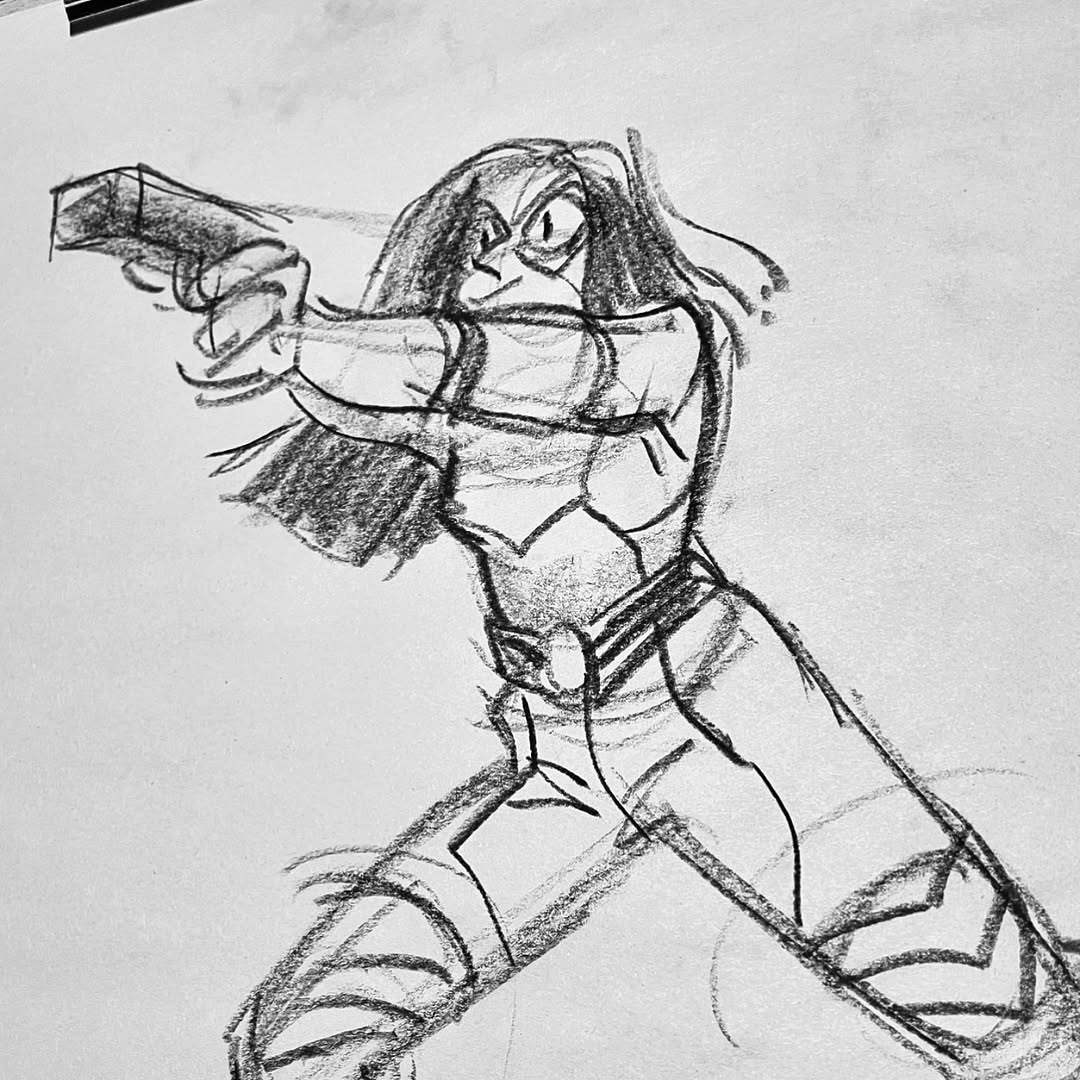
source @gilliangestures
Action poses are essential for artists who want to bring energy and intensity into their illustrations. Whether it’s a mid-air combat pose, a character dodging an attack, or a dramatic battle stance, action poses require a strong understanding of gesture and anatomy. Studying martial arts references or dynamic pose books can greatly improve your ability to sketch fluid, motion-filled figures.
9. The Thoughtful Sitting with Chin on Hand
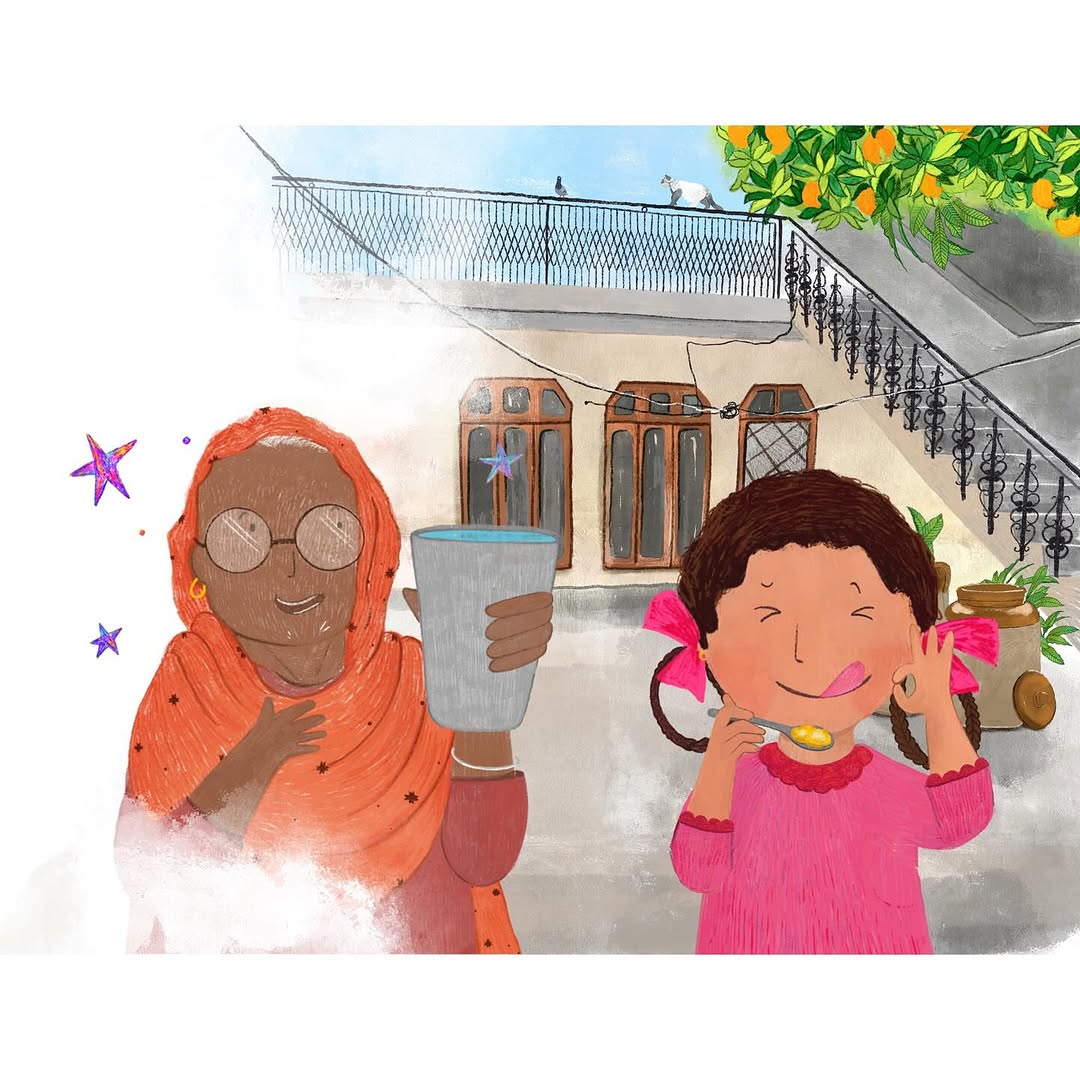
source @thematchboxgirl
This contemplative pose is often used in character portraits, illustrations of deep thought, or moments of introspection. The subject sits with one elbow resting on their knee while their chin rests on their hand. This pose provides an opportunity to explore facial expressions, hand placement, and posture. Understanding subtle details like shoulder slouching or eye direction will enhance the realism of your sketch. For reference, a figure drawing book with expressive poses or a poseable artist mannequin from Amazon can help you practice various angles of this pose.
10. The Elegant Reclining Pose
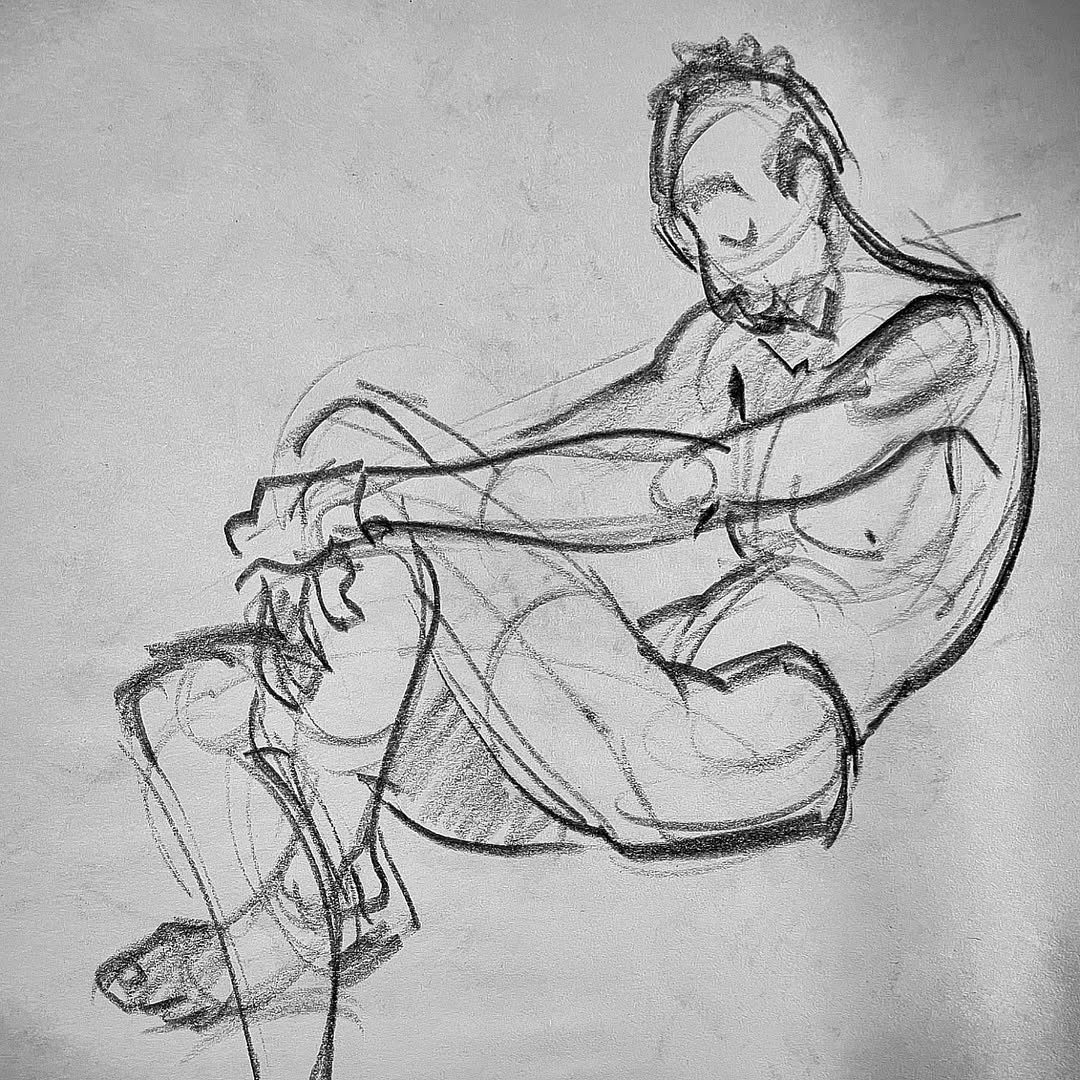
source @gilliangestures
The reclining pose, often used in fashion sketches and romantic artwork, captures a relaxed, graceful posture. Whether lying on the side with one arm propping up the head or stretched out in a luxurious pose, this position challenges an artist to understand body weight distribution and foreshortening. If you’re looking to improve your accuracy, 3D pose apps or anatomy sketching books can provide helpful guidance.
11. The Overhead Reach Pose
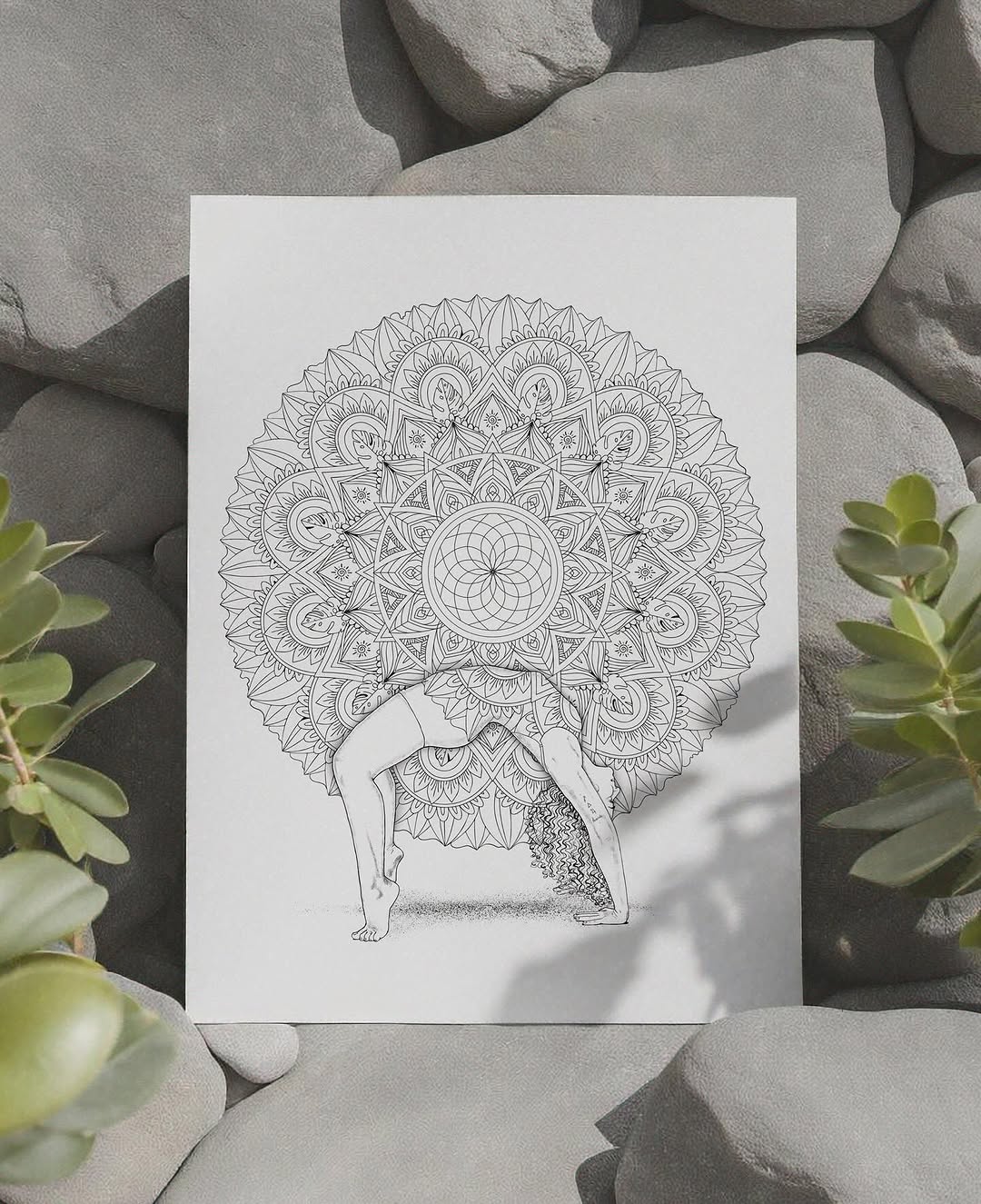
source @artofbalance.book
This pose is excellent for practicing arm extension and body stretching. Whether your character is reaching for something on a high shelf, stretching after waking up, or celebrating with arms raised, the overhead pose adds a sense of action and energy. Be mindful of shoulder and torso alignment to keep proportions accurate. A wooden figure mannequin can be useful for adjusting limb positioning before you begin sketching.
12. The Crossed-Arms Pose
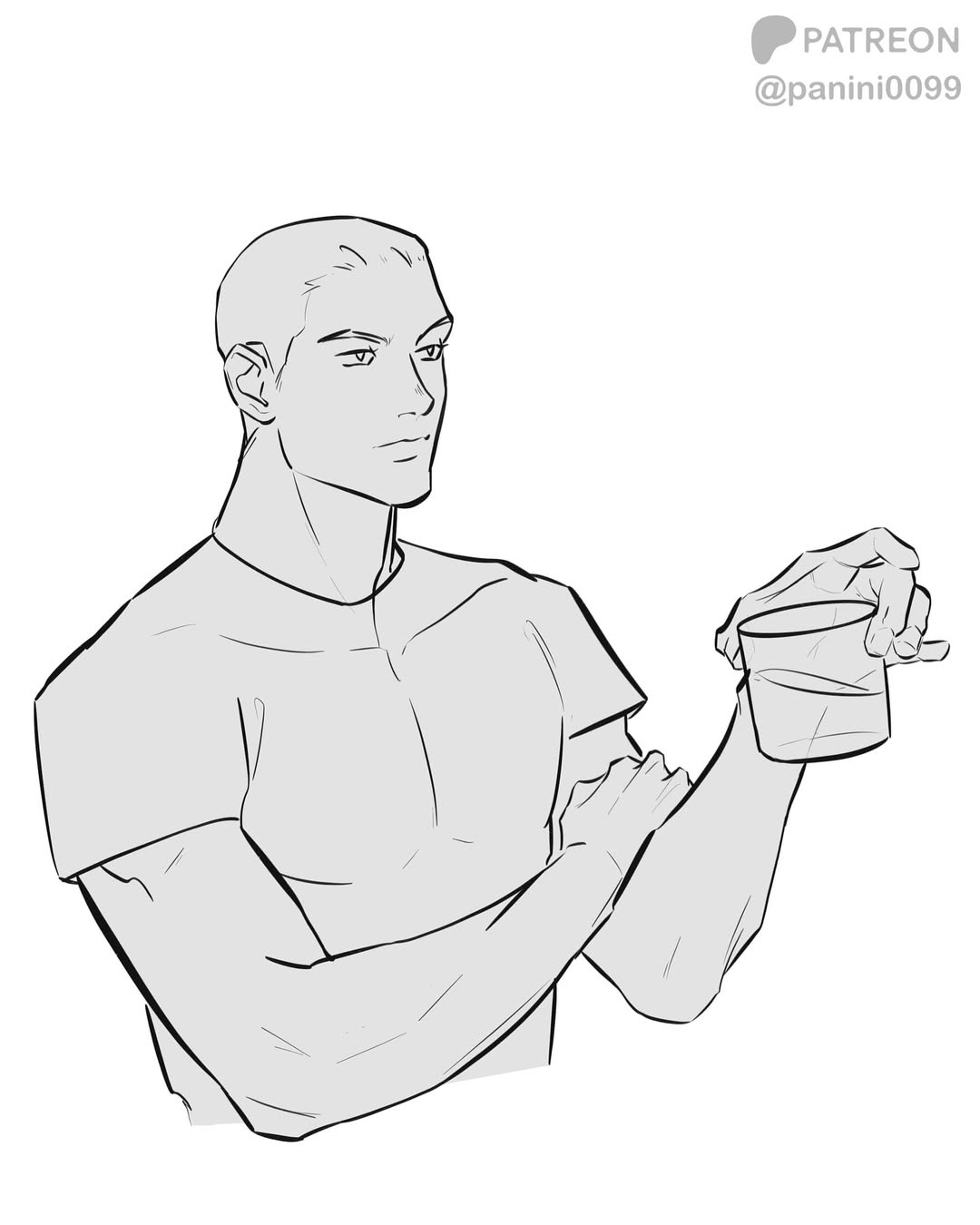
source @panini0099
The crossed-arms pose can convey a range of emotions, from confidence and defiance to frustration or contemplation. The key to nailing this pose is to observe how arms naturally fold over each other and how this affects the posture of the shoulders. Practicing with anatomy drawing books or gesture sketching exercises can help you refine the structure and balance of this pose.
13. The Sitting with One Leg Raised Pose

source @posereference
A dynamic yet casual position, this pose often appears in character design and urban sketches. The subject may be seated on the ground or a low surface, with one knee bent while the other leg is stretched out. This pose is perfect for understanding body asymmetry and how fabric folds naturally around the legs. If you struggle with proportion, using a digital pose tool like Posemaniacs can make sketching easier.
14. The Walking Forward Pose
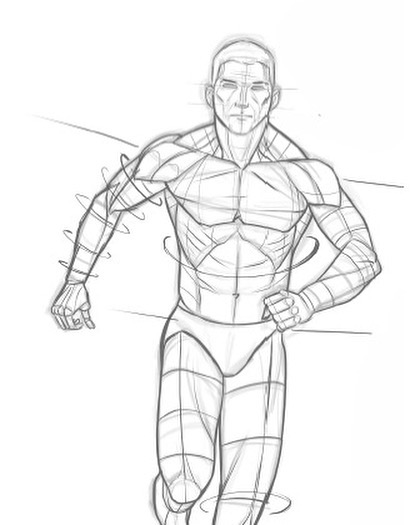
source @posereference
The walking pose is an essential reference for capturing movement and flow in character art. Whether your subject is taking a casual stroll, power-walking, or striding with purpose, this pose helps artists understand weight shifts, balance, and body mechanics. Pay attention to foot placement, arm swings, and hip movement for a natural look. If you’re struggling with proportions, a gesture drawing reference book or a digital pose tool like MagicPoser can be a great asset.
15. The Hands-on-Knees Action Pose
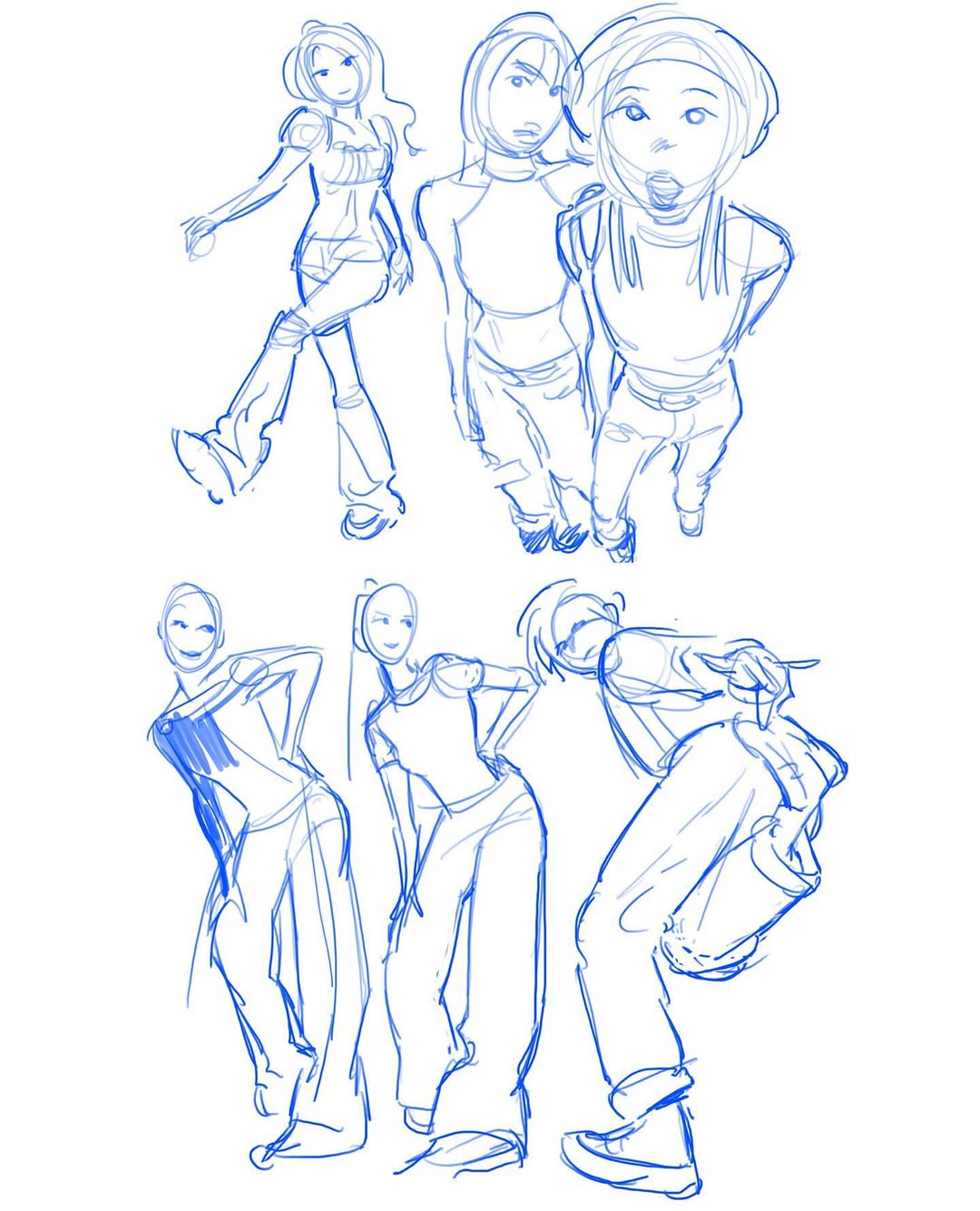
source @poki.han
A classic pose often used in sports illustrations, this stance portrays exhaustion, relief, or preparation for action. Seen in runners catching their breath, exhausted warriors, or someone simply pausing to rest, this position requires a strong grasp of how weight is distributed. Consider using a poseable artist mannequin to explore how the spine bends and how arms rest naturally on the knees in this pose.
16. The Curled-Up Sitting Pose
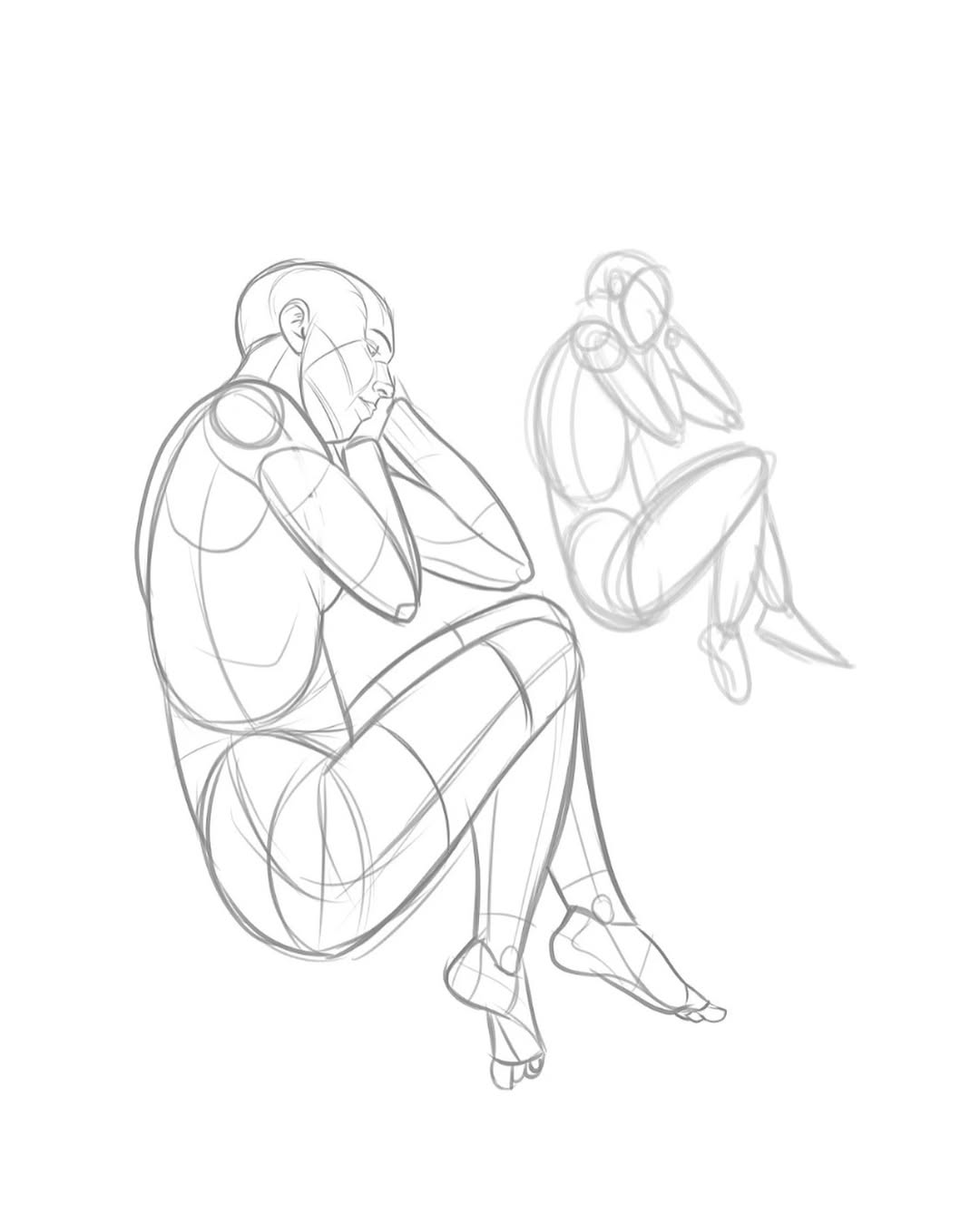
source @posereference
A pose that conveys warmth, vulnerability, or deep thought, the curled-up sitting position involves tucking legs close to the body while wrapping arms around them. This pose is often seen in cozy settings, melancholic portraits, or introspective illustrations. Since it requires a good understanding of body proportions in a compressed form, using gesture drawing guides or 3D model references can be helpful for refining your sketches.
17. The Victory Pose (Arms Raised in Celebration)
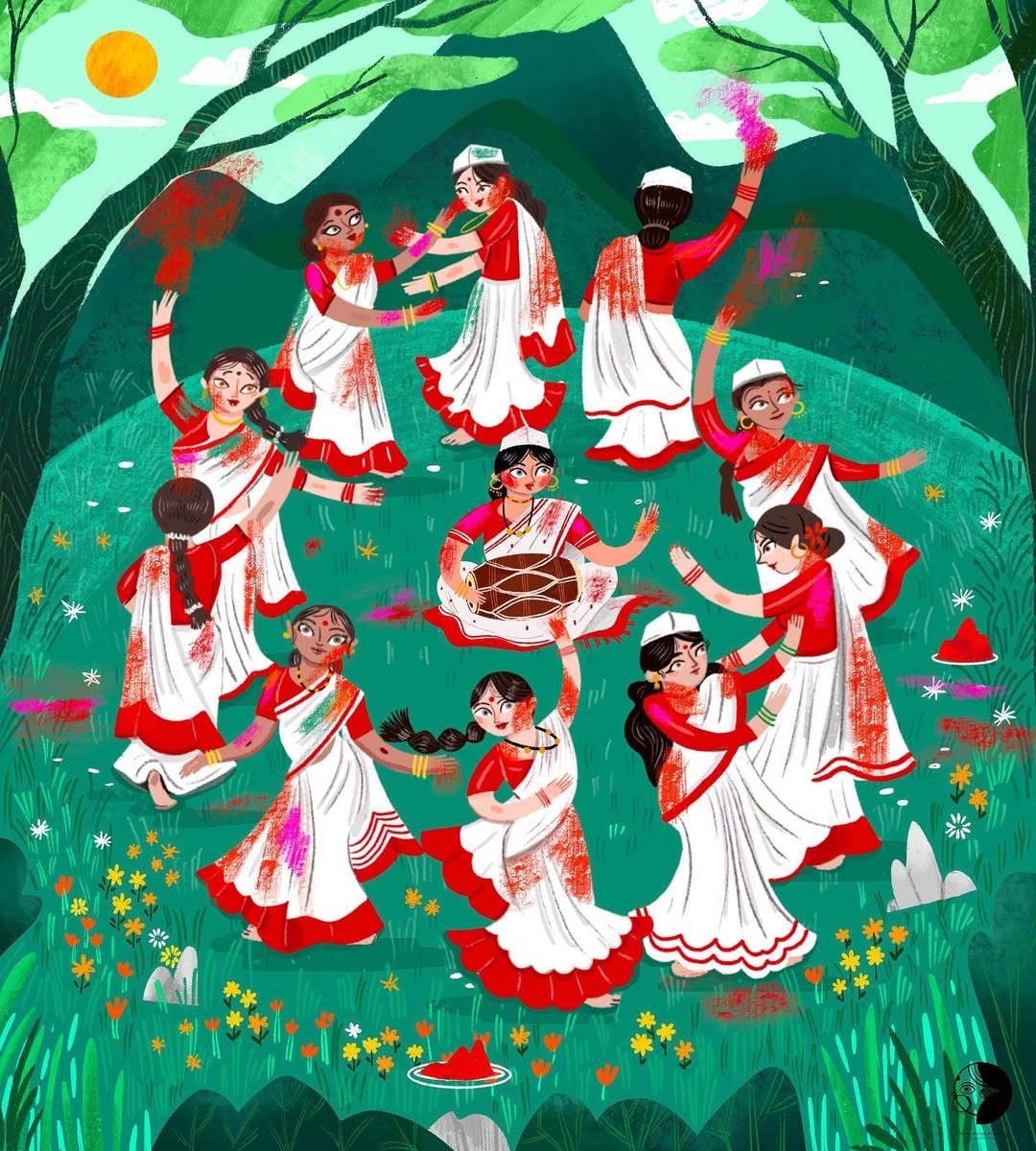
source @bhuli.art
This energetic pose is a fantastic choice for creating characters that radiate confidence and joy. The subject stands tall, arms lifted high in a victorious stance, perfect for sports, celebration scenes, or animated characters. Mastering this pose means understanding body openness, stretched limbs, and the natural curve of the spine when arms are raised. A dynamic pose reference book can provide additional inspiration for making your sketches more expressive.
18. The Dramatic Back Arch Pose
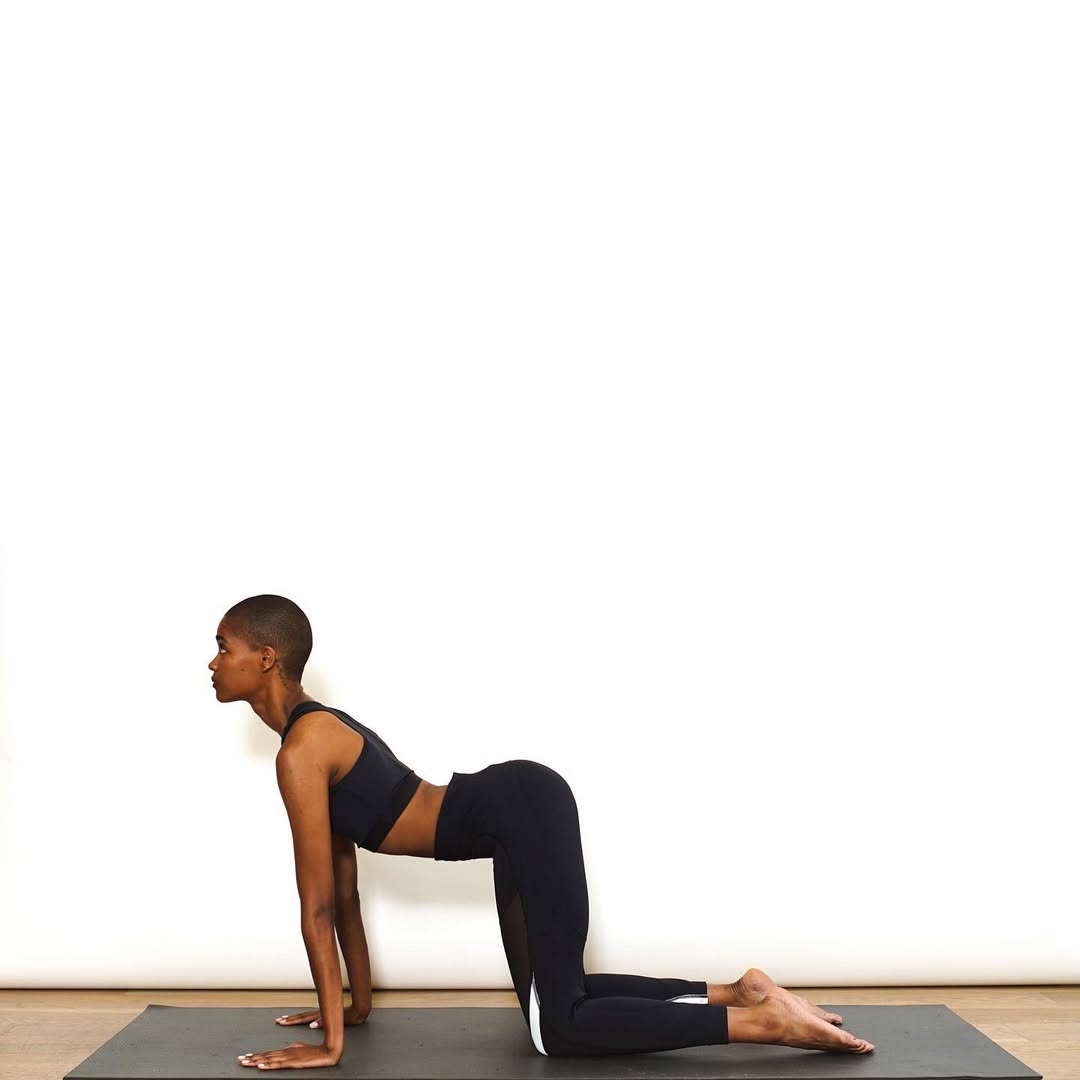
source @wearablex
A staple in dance, fashion, and fantasy illustrations, the dramatic back arch pose is perfect for artists looking to practice flexibility and exaggerated motion. Whether it’s a ballerina mid-performance, a gymnast in motion, or a heroic character in an epic scene, this pose highlights the natural curvature of the body. Consider using an anatomy reference book or 3D modeling software like Posemaniacs to refine your understanding of how the spine bends in different positions.
19. The Playful Twirl Pose
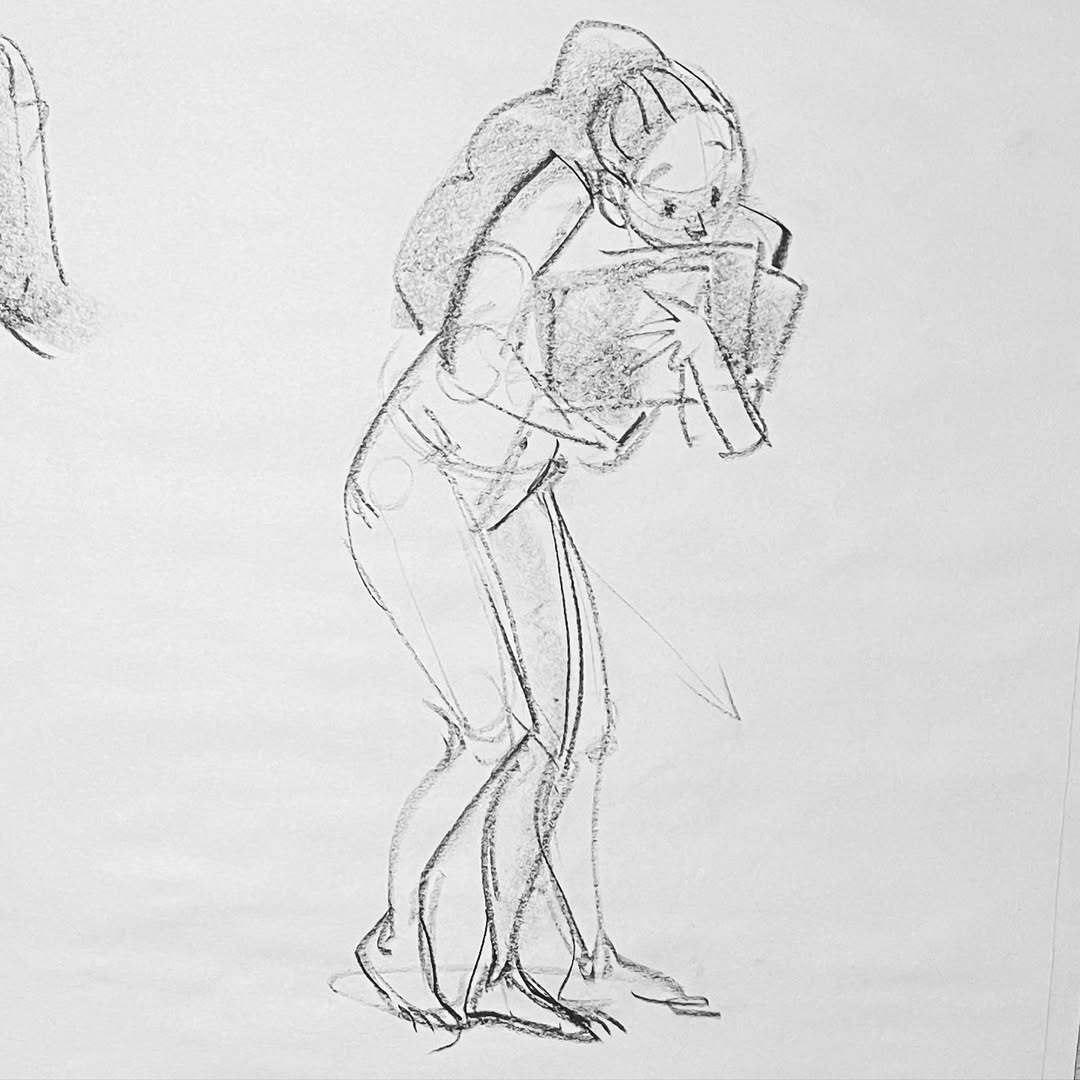
source @gilliangestures
The twirl pose captures the beauty of movement and is frequently used in dance illustrations, animated character designs, and fashion sketches. The biggest challenge here is maintaining a sense of balance while ensuring fabric, hair, and body positioning complement the swirling motion. Using photo pose packs or fashion figure drawing books will help you understand how clothing reacts to spinning movements, making your artwork feel more fluid and natural.
20. The Heroic Kneeling Pose
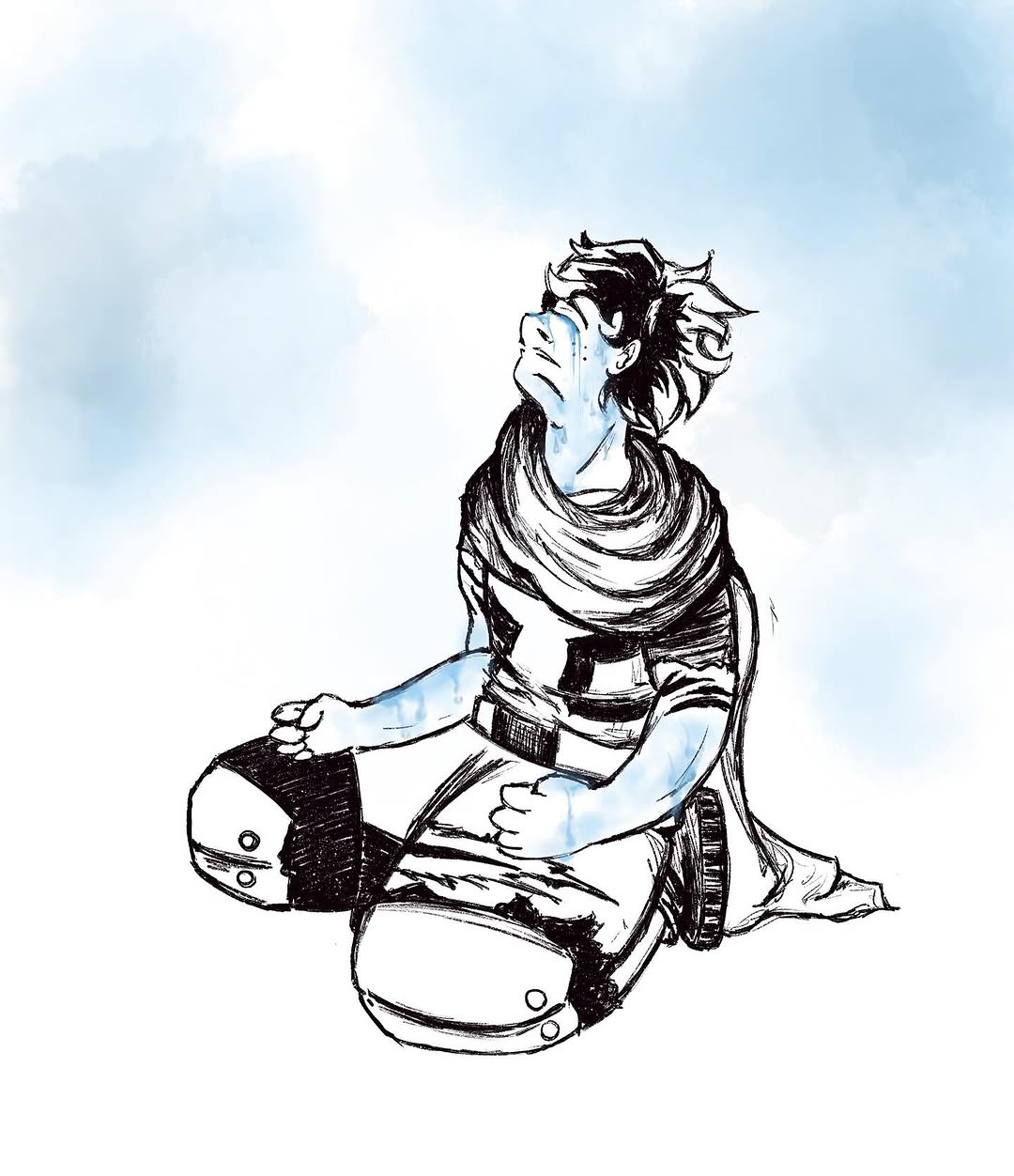
source @jmaureen_art
This dramatic pose is often used in warrior, superhero, and medieval-themed artwork. The subject kneels on one or both knees, creating a powerful stance that can signify reflection, exhaustion, or resilience. The challenge in sketching this pose lies in foreshortening the legs correctly while keeping proportions accurate. Poseable action figure models or gesture drawing courses can help artists refine the angles and dynamics of this pose.
21. The Back-Turned Look Pose
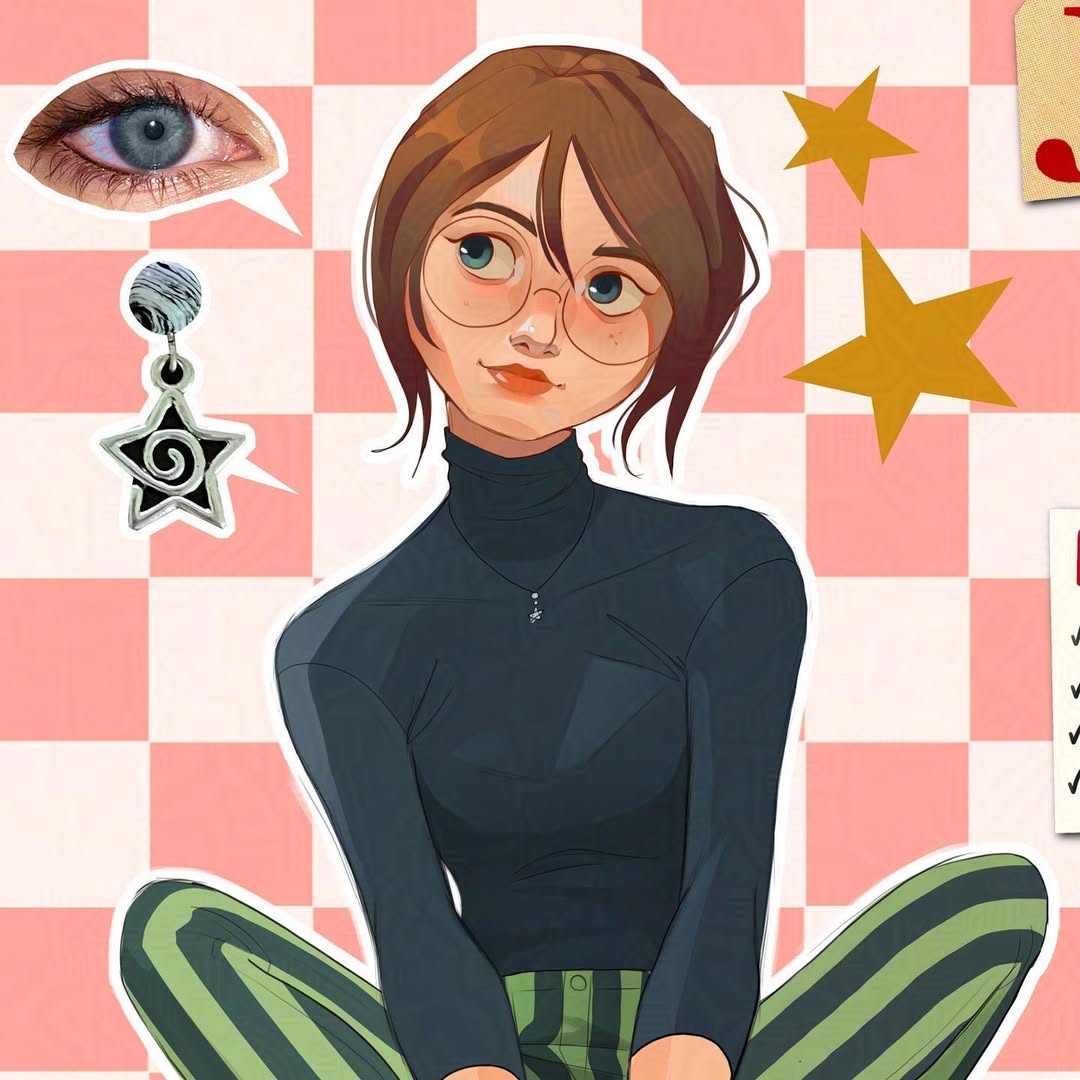
source @amberarts_png
One of the most cinematic and emotional poses, this position involves a character turning their head over their shoulder while walking away. It’s a great pose for conveying mystery, longing, or even confidence. The key to nailing this pose is understanding how the torso twists naturally without looking awkward. If you’re struggling, using cinematic reference books or gesture pose collections can provide better insights into natural body rotation.
22. The Holding an Object Pose
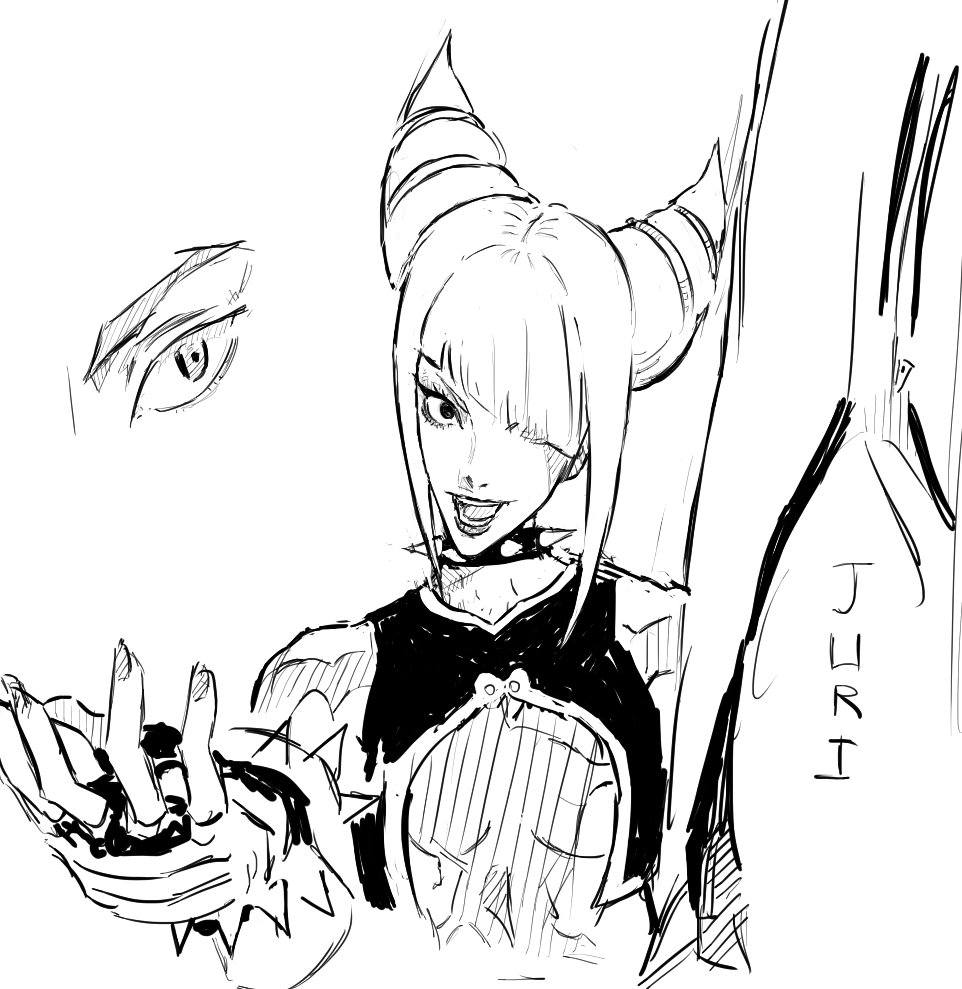
source @cubebrush
A simple but crucial pose in character illustrations, holding an object adds storytelling elements to your sketch. Whether your subject is gripping a sword, holding a delicate flower, or carrying a book, hand positioning is key. Many artists struggle with drawing hands accurately, so investing in hand reference books or using poseable hand mannequins can be extremely beneficial. Observing real-life hand movements while holding objects will also improve accuracy.
23. The Dramatic Fall or Collapse Pose
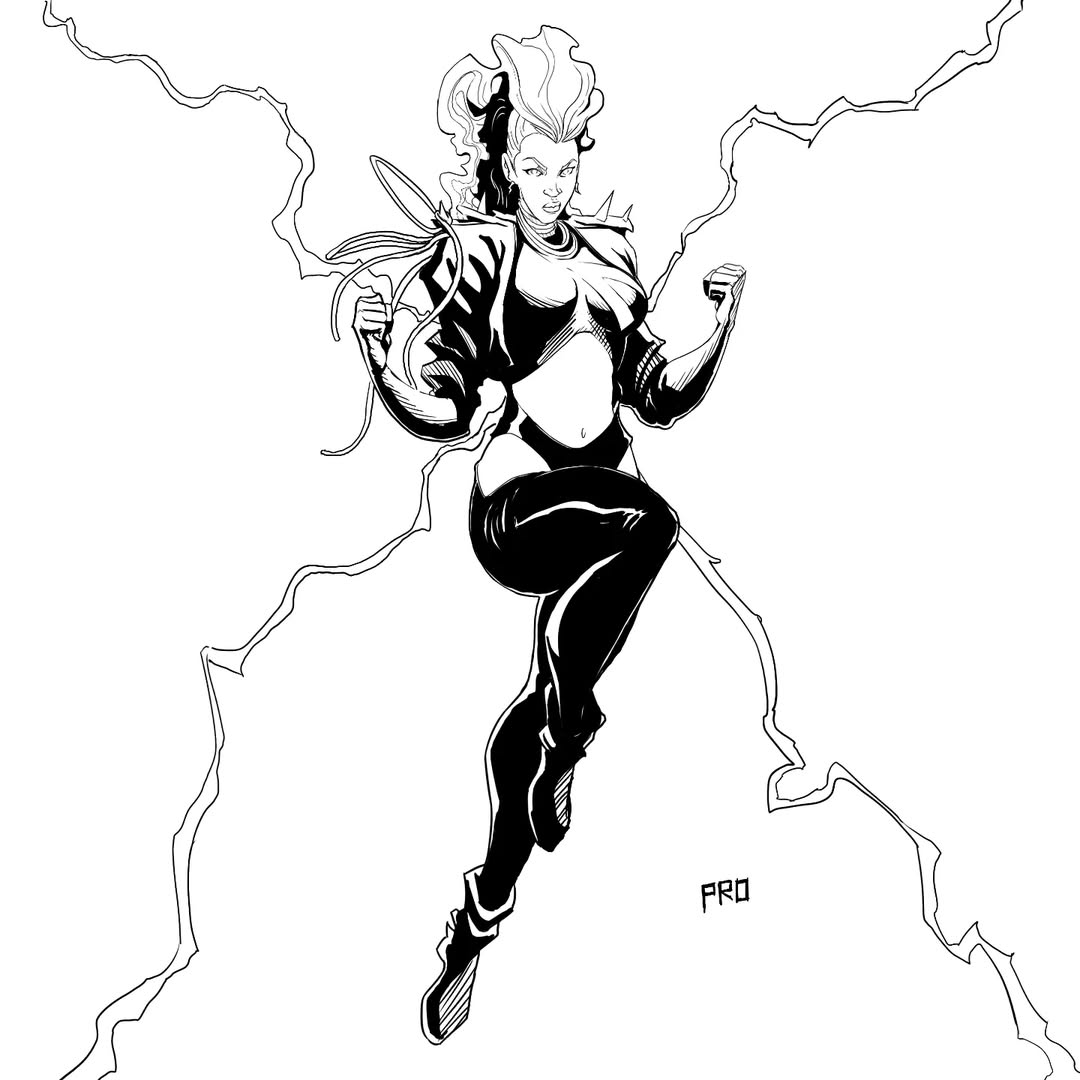
source @pro.illustrado
This high-impact pose is ideal for action-packed or emotional artwork. Whether your subject has fallen in exhaustion, defeat, or despair, getting the weight distribution right is crucial. Pay attention to how limbs spread out naturally when the body gives in to gravity. Using 3D anatomy models or motion reference guides can help ensure that your falling poses look dynamic yet believable.
